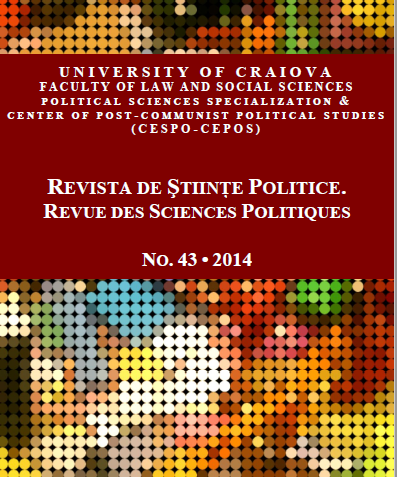The evolution of Romanian agriculture in the post-communist period
The evolution of Romanian agriculture in the post-communist period
Author(s): Costela IORDACHE, Cristiana VÎLCEASubject(s): Agriculture, Economic history, Post-Communist Transformation
Published by: Editura Universitaria Craiova
Keywords: agriculture; transition; total land fund; agricultural holdings; Romania;
Summary/Abstract: Romanian agriculture has undergone continuous transformation, following the economy as a whole, several periods of transition from one stage to another. After 1989, Romanian agriculture transition takes place in the coordinates of transition from command economy to market economy. Decollectivization and privatization, together with the creation of new farms based on private property, are processes that have resulted in changes in both the types and forms of property size and in their place and role in agricultural development. The study aims to present the evolution of the Romanian agriculture during the transition period. The objectives of the author consists in the presentation and analysis of the evolution and contribution of agriculture to achieve GDP, the mutations occurred in the share of the population working in agriculture, land use changes, in the material and technical basis as a prerequisite for the development of agriculture, the mutations in plant and animal productions, as well as the agricultural regionalization of Romania. In this respect, statistical data from the Romanian Statistical Yearbook in 1991, 1994, 2003 and 2013 were used, as well as statistical data taken from Tempo-Online data basis of the National Institute of Statistics.
Journal: Revista de Științe Politice. Revue des Sciences Politiques
- Issue Year: 2014
- Issue No: 43
- Page Range: 158-170
- Page Count: 13
- Language: English

